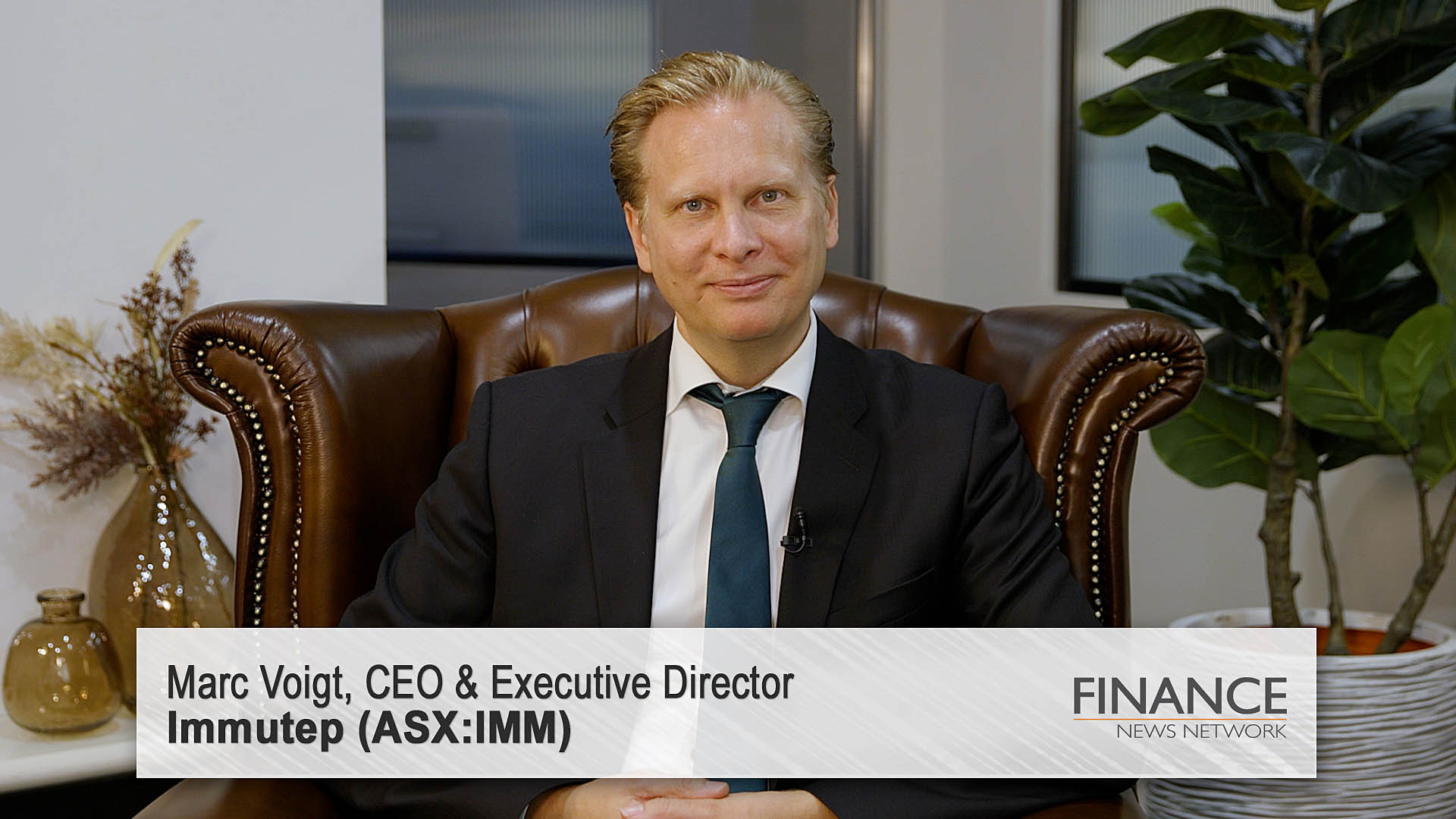The Reserve Bank won’t change interest rates at its October meeting later today, but there are a couple of things to watch for.
First up, watch for how Governor Glenn Stevens refers to the dollar in his post-meeting statement.
The currency continues to fall sharply, hitting a new four year low of just over 86.40 USc on Friday and trading down to a low of 86.53 yesterday.
It recovered to trade just under 87 USc in Australian trading late yesterday.
In fact it is down sharply since the last board meeting on September when it closed at 92.93 USc in local trading that day.
The dollar has fallen 7% from then.
Mr Stevens has previously referred to the high level of the dollar as not being helpful to rebalancing the economy away from the mining investment boom and towards a broader based set of domestic growth drivers.
Will he change the emphasis on the dollar’s value to include phrases such as ‘if the dollar’s fall is sustained’ or some such, because that is now the key?
If the currency remains where it is now (down around 14% to 16% from highs in 2013), that should be enough to help stimulate the economy, especially export returns, even though US dollar prices for commodities are falling.
The other thing to watch for is any mention of the housing boom.
Mr Steven and the bank have also used the word “unbalanced" to describe the mostly investor driven demand for housing, especially in Sydney and Melbourne.
Yesterday’s ANZ job ads survey details for September won’t force any change, but what it will confirm in the bank’s thinking, is the feeling that the underlying jobs market is slowly gathering strength.
In his September 2 post meeting statement, Mr Stevens said about the labour market:
"The recorded rate of unemployment has increased recently, despite some improvement in most other indicators for the labour market this year. The Bank’s assessment remains that the labour market has a degree of spare capacity and that it will probably be some time yet before unemployment declines consistently. Growth in wages has declined noticeably and is expected to remain relatively modest over the period ahead, which should keep inflation consistent with the target even with lower levels of the exchange rate.”
The ANZ survey showed that job ads rose for a fourth consecutive month in September.
Job ads on the internet and in newspapers rose 0.9% to a level last seen in February 2013 of more than 137,000 seasonally adjusted. That’s up 7.9% for the year to September.
ANZ chief economist Warren Hogan said that the rise in job advertisement is now at it fastest pace in two years.
“Other leading indicators of labour demand such as business conditions, profitability and capacity utilisation also point to some trend improvement,” he said in a statement yesterday.
“This makes us more comfortable with the increase in employment in August, which we view as some catch up in the official measures, although some retracement in employment is still expected in September given the sheer magnitude of the increase in August.”
"We expect the unemployment rate to stabilise at just above 6% in the next few quarters before decreasing gradually from there. Employment in mining and related industries will be weighed down by the windback in mining investment, while improving conditions in some labour intensive industries such as health and construction should provide an offset. The recent depreciation of the AUD will also assist in the transition towards non-mining sources of economic growth, assist employment in some industries such as tourism and help stem job losses in manufacturing.
"For monetary policy, the tentative nature of the economic recovery suggests interest rates will most likely remain in a holding pattern for an extended period, particularly if authorities choose to address strength in the housing market via some form of macro-prudential measures. The recent depreciation of the AUD however gives us greater conviction that the RBA will commence its tightening cycle by mid-2015,” Mr Hogan said.
According to a survey from AAP economists reckon there will be a fall of 30,000 in the number of new jobs, a reaction to the record 121,000 created in August (all part time). The survey reckons the jobless rate will rise to 6.2% from 6.1%.













